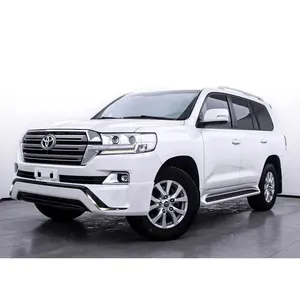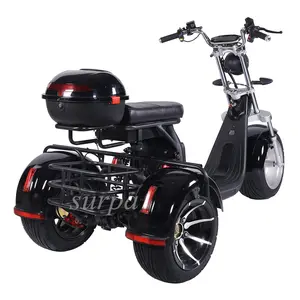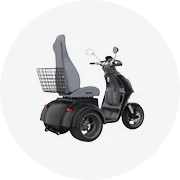Phổ biến trong ngành của bạn

Số lượng lớn USA Canada kho omri được liệt kê 5kg 25kg 20kg Dừa Xơ dừa gạch khối cocopeat Coco than bùn bale
2,90 US$ - 9,90 US$
Đơn hàng tối thiểu: 200 Gói


1-3Mm Màng PP Tách Rời Cuộn Dây Đóng Gói Máy Đóng Kiện Dây Bện Bện Bện Nông Nghiệp
1,80 US$ - 2,00 US$
Đơn hàng tối thiểu: 1000 Kilogram


USA Canada Bán Buôn Số Lượng Lớn Dừa Xơ Dừa Pith Coco Than Bùn Khối
2,90 US$ - 5,90 US$
Đơn hàng tối thiểu: 200 Gói


Số lượng lớn bán buôn USA Canada thấp cao EC rửa nén 5kg khối gạch Dừa Xơ dừa cocopeat
2,90 US$ - 8,50 US$
Đơn hàng tối thiểu: 120 Cái


Dây Bện PP Polypropylene Để Đóng Gói Nông Nghiệp Chống Tia Cực Tím Có Độ Bền Cao
0,20 US$ - 0,40 US$
Đơn hàng tối thiểu: 5000 Mét



Chất Lượng Tốt Nhất 2023 Sợi Dừa Xuất Khẩu 100% Sợi Dừa Tự Nhiên Dùng Cho Nệm Màu Vàng Nâu Chất Lượng Cao Sản Xuất Tại Việt Nam
150,00 US$ - 170,00 US$
Đơn hàng tối thiểu: 1 Tấn

Nhà Cung Cấp Dừa Hàng Đầu Sợi Xơ Dừa Đáng Tin Cậy Giá Bán Buôn Bền Cho Thảm Dệt
280,00 US$ - 360,00 US$
Đơn hàng tối thiểu: 1 Tấn

Việt Nam dừa tự nhiên xơ dừa dây thừng cho Xoắn Coco sợi xuất khẩu
0,35 US$ - 0,40 US$
Đơn hàng tối thiểu: 999 Cuộn

Xơ Dừa Dừa Xuất Khẩu Chất Lượng Cao 2023 Sợi Dừa Tự Nhiên 100% Dùng Cho Nệm 20-22% Độ Ẩm Sản Xuất Tại Việt Nam
150,00 US$ - 170,00 US$
Đơn hàng tối thiểu: 1 Tấn
Các danh mục hàng đầu
Giới thiệu về kiện xơ dừa vàng
Alibaba.com cung cấp các sản phẩm 23 kiện xơ dừa vàng. Có rất nhiều kiện xơ dừa vàng lựa chọn dành cho bạn, chẳng hạn như dừa. Bạn cũng có thể chọn từ tự nhiên, vàng, và nâu kiện xơ dừa vàng. Cũng như từ việt nam kiện xơ dừa vàng.






















